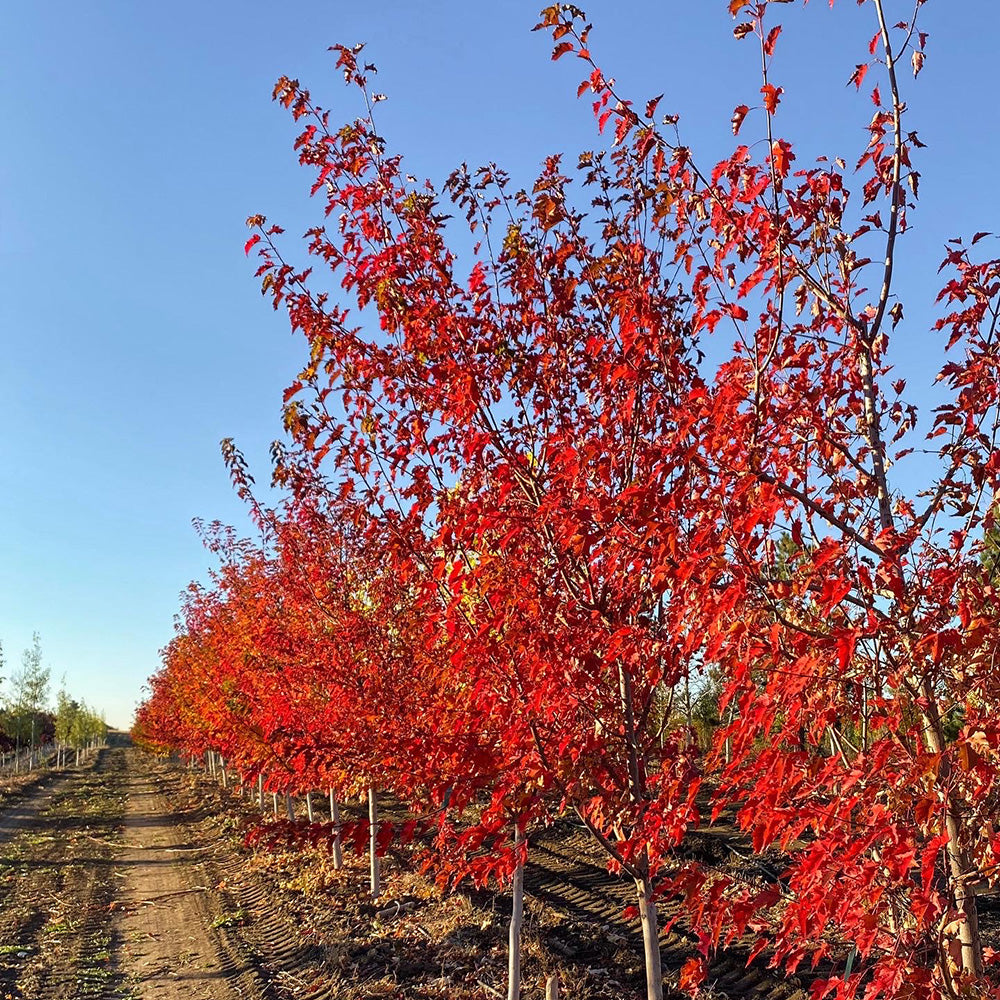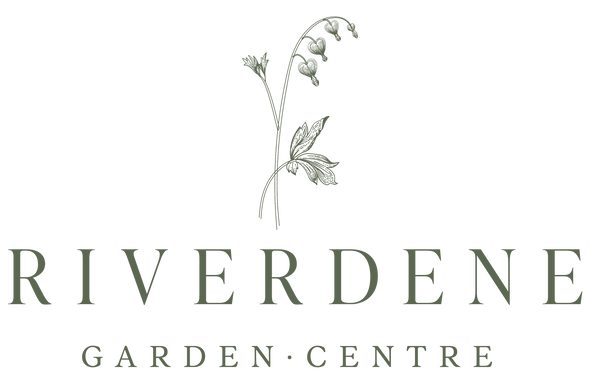Riverdene Garden Center
Hot Wings Maple
Hot Wings Maple
Couldn't load pickup availability
Acer tataricum ‘GarAnn’ Hot Wings®
Hot Wings Maple is a hardy, ornamental tree prized for its brilliant red winged samaras (seeds) that contrast beautifully with its green summer foliage and fiery red-orange fall color. It is cold-hardy (Zone 3-7), drought-tolerant, and adaptable, making it an excellent choice for Southwest Saskatchewan. This tree is resistant to common maple diseases, making it a low-maintenance alternative to more traditional maples.
Planting & Location
- Hardiness Zone: 3-7 (thrives in cold prairie climates)
- Mature Size: 20-25 feet tall, 18-20 feet wide
- Growth Rate: Moderate to fast (12-24 inches per year)
- Sunlight Needs: Full sun to partial shade (best color and growth in 6+ hours of sun)
-
Soil Preference:
- Prefers well-drained, loamy soil but adapts to sandy and clay soils.
- Tolerates alkaline and slightly acidic soils (pH 6.0-8.0).
- Avoid standing water—prefers dry to moderate moisture.
- Spacing: 15-20 feet apart for full canopy development.
Watering
- Young Trees (First 2-3 Years): Deep water once per week to establish roots.
- Established Trees: Drought-tolerant; water every 2-3 weeks in dry conditions.
- Avoid Overwatering: Prefers dry to medium moisture levels—too much water can cause root rot.
Fertilizing
- First Year: No fertilizer needed—focus on root establishment.
-
Mature Trees:
- Apply a slow-release balanced fertilizer (e.g., 10-10-10) in early spring if growth seems slow.
- Organic alternative: Compost or well-rotted manure in spring.
Pruning & Maintenance
- Best Time to Prune: Late winter to early spring, before new growth.
-
How to Prune:
- Remove dead, diseased, or crossing branches.
- Maintain a strong central leader and shape lightly.
- Minimal pruning needed—naturally forms a well-balanced shape.
Pest & Disease Management
Resistant to: Common maple diseases, including tar spot and anthracnose.
Common Pests:
-
Aphids – Can cause sticky honeydew on leaves.
- Solution: Spray with insecticidal soap or encourage ladybugs.
-
Scale Insects – May appear on branches, causing yellowing leaves.
- Solution: Use horticultural oil if infestation is severe.
Common Diseases:
-
Verticillium Wilt – A soil-borne fungus that can cause branch dieback.
- Solution: Avoid overwatering and ensure proper drainage.
-
Powdery Mildew – White fungal coating on leaves in humid conditions.
- Solution: Improve airflow and remove infected leaves.
Winter Protection
- Highly winter-hardy, but young trees may benefit from mulching around the base.
- Sunscald Prevention: Wrap trunks of young trees in late fall to prevent winter sun damage.
- Deer & Rodents: Generally not preferred by deer, but tree guards can be used if browsing is an issue.
Landscape Uses
Great small-to-medium shade tree for urban or rural yards
Beautiful red samaras (winged seeds) provide striking summer interest
Drought-tolerant and adaptable to prairie soils
Cold-hardy and resistant to common maple diseases
Excellent as a focal point, street tree, or in mixed plantings
Additional Notes:
- Hot Wings Maple is an excellent alternative to Amur Maple, with stronger branching, better drought tolerance, and improved disease resistance.
- Lifespan: 40-60+ years with proper care.
- Works well as a specimen tree, in rows for screening, or in park settings.
Photo courtesy of Foothills Nursery
Share


